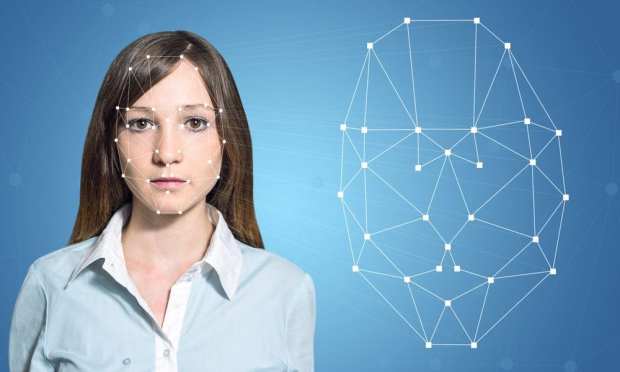How Face ID Can Power End-To-End Verification

Go back a generation or two and imagine the construction of the Gateway Arch — the sleek, shiny monument to westward expansion that stands along the west side of the Mississippi River in St. Louis (which just underwent an extensive update and makeover to its grounds and museum). Ask most anyone who witnessed the object rise from the riverbank in the early 1960s and they’ll probably hear about the excitement — and odd sense of tension — that came from watching those two curved sides approach each other, before finally being connected some 630 feet above the ground.
Now, keep that image in mind and consider the idea of end-to-end authentication services, as CPO Philipp Pointner of Jumio does pretty much every working day. The ideal — the goal of ongoing work across much of the digital payments and commerce industries — is to join two related, but distinct, tasks in the hopes of bringing more security and convenience to financial and retail transactions.
The Hot Thing
The key to all that? According to Pointner, that would be facial recognition technology.
“Facial recognition is the hot thing,” he said during a PYMNTS interview conducted Monday (Feb. 11). “It can tie together all this.”
The interview with Pointner served to not only demonstrate the rising power of biometrics in payments and commerce (facial recognition, including via selfies, has made significant progress as of late), but provide an update on the progress of end-to-end authentication, and a quick education on why that progress is moving at what some might consider a measured pace.
Let’s back up to gain a fuller view of the problem at hand.
The “old way of doing business,” according to Pointner, typically involved — or, to be fair, still involves — two separate general events, not a combined end-to-end process. For example, a person seeking to open a bank account traditionally proves identity via a government-issued ID document (one with a picture of themselves on it). When that person seeks to access the account or another service, they must go through an authentication process.
“Those two things haven’t been really tied to each other,” Pointner said. “That resulted in a quite fractured user experience, and inconsistent user experiences.”
Face Familiarity
That’s where facial recognition could come in. Sure, fingerprints can — and probably will — play a role. However, since consumers’ faces already appear on government-issued IDs, and since they are not only used to showing their faces, but possess smartphone cameras that can easily handle facial recognition tasks (such liveliness detection), the biometric, in his view, is a natural candidate for that job.
The goal of end-to-end verification — a goal that reflects the larger ideals of digital payments and commerce — is to get rid of those fractures, bridge the gaps and do so in a way that brings a “higher level of security to businesses” and “ease-of-use for customers,” he said.
Legacy Roadblocks
That’s easier said than done.
For one, legacy and inertia serve as powerful anchors that can work against change. Just consider usernames and passwords. As PYMNTS readers probably know better than others, those easily exploited sources of knowledge-based consumer authentication data continue to endure, even as criminals steal and trade massive amounts of that information on the digital black market. That fact, in turn, gives fraudsters the tools they need to create illegitimate accounts and conduct other forms of online theft.
Employing more end-to-end verification systems that use biometrics would serve to heighten the defenses against those fraudsters, he said. Yet, while companies continue to experiment and work with such systems (an effort that seems to have ample fuel behind it, given the never-ending dangers of fraud, and the eternal needs to make onboarding and digital transactions as quick and frictionless as possible), such work will likely “take a while longer,” he said, with dramatic progress probably not happening in 2019.
Tipping Points
Pointner could imagine, though, a tipping point for end-to-end verification.
“Big brands have to jump in,” he said. For example: If users of, say, Microsoft Windows could no longer use usernames and passwords to access the software, that would represent a significant step for a stronger form of verification. For now, though, “all the solutions are basically cobbled from one end or the other, but are not tied together end to end.”
Uses cases for end-to-end verification tied together by facial recognition technology are easy to imagine, he added. Take car rentals, an area where Hertz has already deployed early facial recognition technology for quicker transactions. More such deployments could come. “You go right into the garage, show your face and that’s all there is because everything is on file,” Pointner said. “It will be like [the current Hertz offering] on steroids.”
Online college education is another area that seems good for end-to-end verification. “People are taking tests at random points, and, of course, you want to make sure that the person taking the test is the right person,” he said.
Much work remains on end-to-end verification, and facial recognition, for all the recent excitement about it, remains in its infancy — at least when measured by its use in everyday payments and commerce. However, if one looks hard enough, they can see the various parts slowly coming together.
